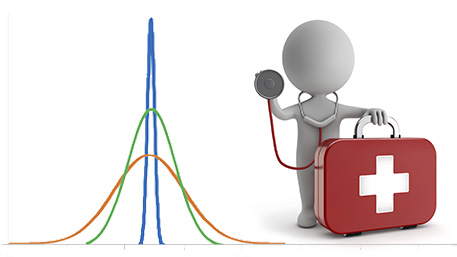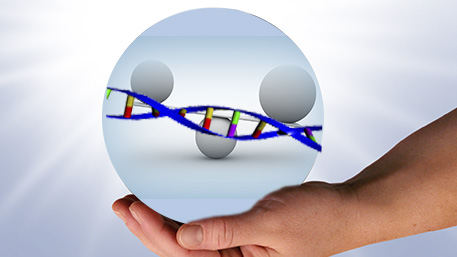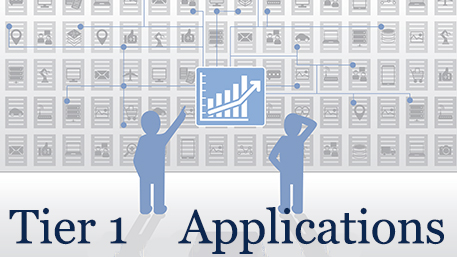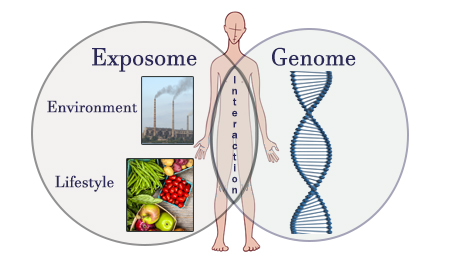Genomics and Precision Health Posts
From Polygenic Risk Scores to Methylation Risk Scores: What are the Clinical Applications?

A recent study used methylation risk scores to improve predictive value of baseline models for a range of clinical diagnoses and laboratory tests. The ability to understand and predict a person’s risk of disease is an integral component of precision medicine and precision public health. Many factors, including environmental and genetic, contribute to a person’s Read More >
Posted on byGenetic Discrimination and Misuse of Genetic Information: Areas of Possible Discrimination, Current Legislation, and Potential Limitations

The emergence and the rapid development of various genetic technologies and their incorporation into precision medicine have greatly expanded medicine’s capabilities. At the same time, concerns about the availability and dissemination of vast amounts of personally relevant data have focused attention on potential problems of genetic discrimination. Over the past three decades, concerns about genetic discrimination Read More >
Posted on byFrom Genomics to Proteomics— What’s the Impact on Population Health?

Advances in genomic sequencing technology are transforming medical discovery, enabling researchers to conduct comprehensive explorations across whole genomes for individuals and populations. Genomics has led to valuable insights into the complex processes influencing health and disease. It has paved the way for studying how genes regulate the most basic functions of the cell, including what Read More >
Posted on by 1 CommentTrends in Tier 1 Genomic Applications 2013-2022

The CDC Tier 1 genomic applications database can help consumers, providers, health care organizations and public health programs accelerate the translation of genomic discoveries into improved population health. Background Advances in genomics and precision medicine are proceeding at a rapid pace. Many genomic tests have reached clinical practice without clear indication as to whether their Read More >
Posted on byGenomics, Health Equity, and Global Health

The World Health Organization’s Science Council recently issued its first report on accelerating access to genomics for global health. The report makes a strong case for less-resourced countries to gain access to such technologies. Although remarkable progress has been made in the translation of genomic discoveries into health benefits, in 2020, the World Health Organization (WHO) reminded Read More >
Posted on byFrom the Genome to the Exposome: Mapping Causal Associations Between Environmental Factors and Population Health

Environmental factors such as lifestyle, diet, and exposure to toxins and chemical agents, can play an important role in our health. Complementary to the “genome,” which is the complete set of an individual’s genetic information, the “exposome” represents an individual’s complete set of environmental exposures throughout their lifetime. Coined in 2005, the “exposome” captures the Read More >
Posted on byFrom Guthrie to Genomes: The Continued Evolution of Newborn Screening

Two recent articles by Bick et al. and Watson et al. discussed the future of newborn screening and identified considerations and needs for the evolution of the newborn screening system as it tries to meet the growing demands to screen for more rare diseases and incorporate genomic technologies. As newborn screening (NBS) moves past 60 Read More >
Posted on by 1 CommentMeasuring Lipoprotein(a) in Clinical Practice to Reduce the Burden of Cardiovascular Disease? Still Work in Progress.

A recent review suggested that the use of lipoprotein (Lp) (a) measurement in clinical practice may have clinical and economic benefits for patients, healthcare systems, and society as a whole. However, widespread adoption of Lp(a) measurement in the general population has been hindered by limited treatment options targeting Lp(a) reduction. Cardiovascular disease (CVD) remains the Read More >
Posted on by 3 CommentsImproving access to genetic services for underserved populations: Amish, Mennonite, and other Plain communities

Lack of access to genetic services in rural areas could contribute to disparities in quality of care, but tailored approaches can overcome some barriers and improve care. Here we present the example of the Midwest Genetics Network (MGN) outreach with the Plain communities. Plain people are descendants of the Anabaptists who emigrated to the United Read More >
Posted on byCalling on All of Us Public Health Scientists

The All of Us Research Program data provide a unique platform for public health scientists interested in using large-scale data to improve population health. Scientists at the Centers for Disease Control and Prevention and elsewhere can now access and analyze data from the National Institutes of Health’s All of Us Research Program. In this post, Read More >
Posted on by